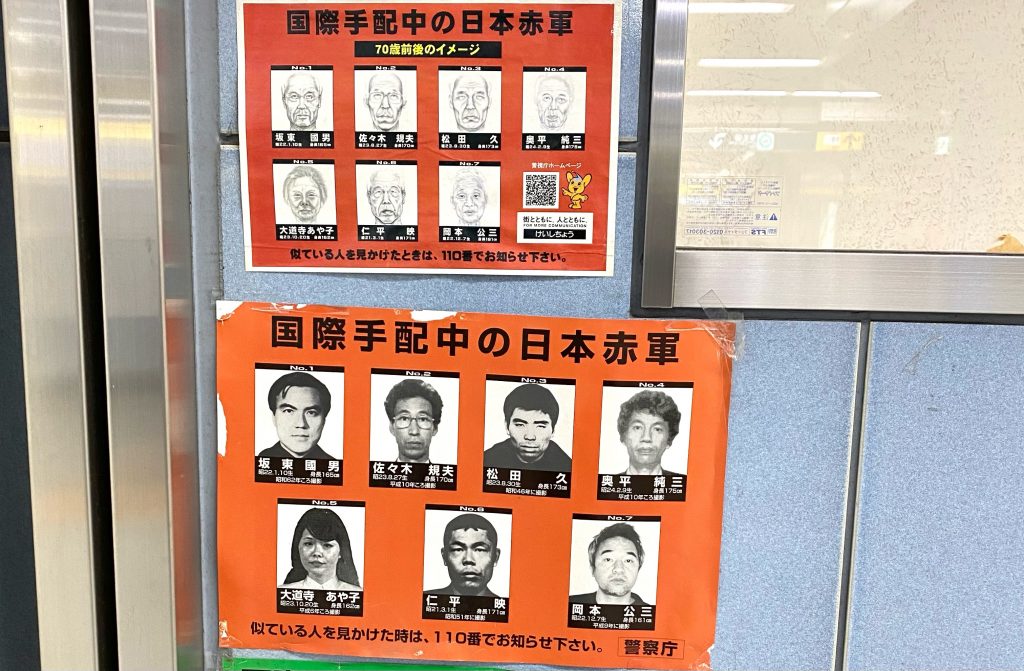
- ARAB NEWS
- 25 Apr 2024

TOKYO: Tokyo police have created a video with the aim of seeking information about seven Japanese Red Army members on the international wanted list for their suspected involvements in terrorist incidents that happened around the world in the 1970s and 1980s.
The video, featuring photos of the seven used in the wanted list and their portraits, will be shown on the Metropolitan Police Department’s Twitter account and official YouTube channel, and large billboards from Monday.
The move is intended to prevent the series of incidents from being forgotten. The video was made by the MPD’s Public Security Bureau.
The bureau has said that it obtained arrest warrants for two of the seven members of the terrorist group–Norio Sasaki and Junzo Okudaira, both 73–for charges including forgery of private documents and passport law violations by, among other things, obtaining passports under the names of other people in 1998.
Also among the seven are Kozo Okamoto, 74, who was involved in the 1972 shooting at an airport in Israel that killed and injured a total of about 100 people, and Kunio Bando, 75, who was arrested over the hostage incident caused by the United Red Army in the same year at Asama Sanso, a mountain lodge in the highland resort town of Karuizawa, Nagano Prefecture, central Japan, and was later released as an extralegal measure over the 1975 hostage crisis involving the Japanese Red Army at the US Embassy in Kuala Lumpur.
In 2019, the Public Security Bureau published portraits of the seven Japanese Red Army members reflecting changes in their appearances that are seen to have occurred decades after their photos on the wanted list were taken between around 1971 and 1998.
Information provided to police since then has been limited, however.
Fusako Shigenobu, 76, who was the top leader of the Japanese Red Army, was arrested in 2000 in Osaka Prefecture, western Japan, where she was hiding.
While she declared the dissolution of the Japanese Red Army in 2001, the Public Security Bureau suspects that it may still has links with foreign terrorist groups.
A senior MPD official sought information from the public about the seven Japanese Red Army members, saying that they might have returned to Japan and are possibly be hiding somewhere in the nation.
In 2000, the Lebanese deported four Japanese Red Army members to Jordan which, according to diplomats in Amman, sent them on their way to Japan where they face terrorism charges.
Okamoto was granted asylum in Lebanon. An official statement said he was being allowed to stay for health reasons.
The others – three men and a woman – were put on a flight to Amman and were handed over to Japanese diplomats at the airport.
JIJI Press